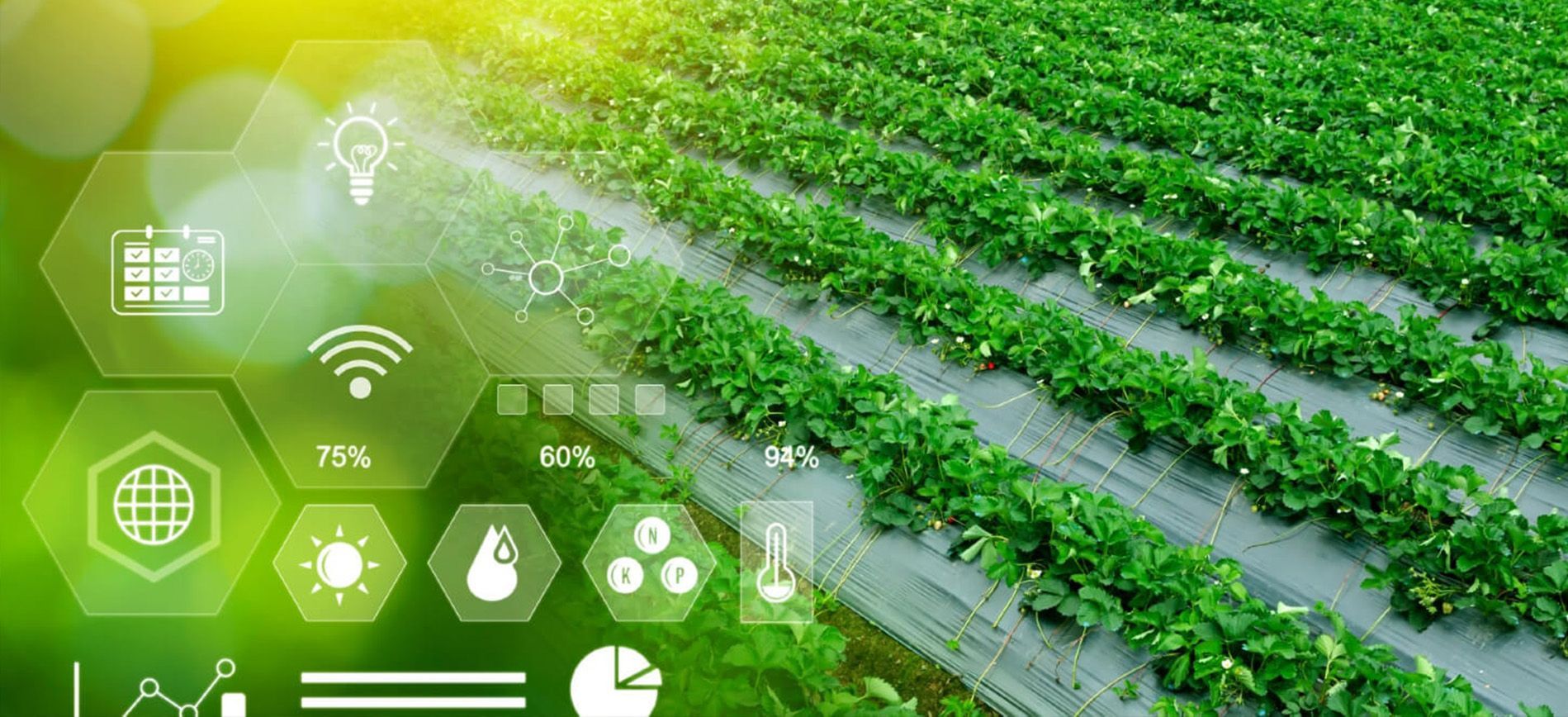How Digital Agriculture Platforms are Transforming Farming in Africa and India
How Digital Agriculture Platforms are Transforming Farming in Africa and India

Digital agriculture platforms are revolutionizing farming by providing access to real-time information, market insights, and support services through mobile and internet-based technologies. For farmers in Africa and India, where access to resources and information can be limited, these platforms help bridge the gap, improving decision-making, productivity, and profitability. This blog explores the benefits of digital agriculture platforms, key features, and strategies for promoting their adoption among smallholder farmers.
1. The Role of Digital Agriculture in Modern Farming:
Digital agriculture platforms leverage data, technology, and connectivity to streamline farming operations and empower farmers with valuable insights. From weather forecasts to market prices, these platforms provide essential information that can enhance farm management and increase efficiency.
- Enhancing Access to Information and Resources: Digital platforms offer farmers timely information on weather, pest management, crop health, and best practices, allowing them to make informed decisions and minimize risks.
- Improving Market Access and Pricing Transparency: By connecting farmers with buyers, digital platforms enable better price negotiations, reducing dependency on intermediaries and increasing farmers’ profit margins.
- Supporting Precision Agriculture and Resource Efficiency: Many platforms integrate tools for monitoring soil health, crop conditions, and water usage, promoting sustainable resource management and boosting productivity.
2. Key Features of Effective Digital Agriculture Platforms:
Digital agriculture platforms vary in design and functionality but often provide a range of services tailored to the needs of smallholder farmers. Here are some key features that make these platforms effective:
- Weather Forecasts and Climate Information: Access to localized weather data helps farmers plan their planting, harvesting, and irrigation schedules, minimizing losses due to unpredictable weather.
- Market Prices and Trading Opportunities: Platforms that offer up-to-date market prices and allow farmers to connect directly with buyers support fair pricing and expand market access for smallholders.
- Agronomic Advice and Best Practices: Many platforms provide crop-specific advice, pest management tips, and guidance on sustainable practices to improve farm yields and soil health.
- Financial Services and Digital Payments: Digital platforms that offer financial services, such as loans, crop insurance, and digital payments, enable farmers to access credit, secure their crops, and manage transactions conveniently.
3. Challenges in Implementing Digital Agriculture Platforms:
While digital agriculture platforms have the potential to transform farming, certain barriers must be addressed for widespread adoption, especially among smallholder farmers in rural areas.
- Limited Internet and Mobile Access in Remote Areas: In many rural areas, poor internet and mobile connectivity can limit access to digital platforms. Expanding digital infrastructure is crucial for making these platforms available to more farmers.
- Low Digital Literacy Among Farmers: Farmers may lack familiarity with digital tools, which can hinder effective use. Training programs and user-friendly interfaces are essential for increasing digital literacy and promoting platform adoption.
- Data Privacy and Security Concerns: Digital agriculture platforms often collect data on crops, soil health, and market activities, raising concerns about data privacy. Ensuring data security and transparency is important to build trust with farmers.
4. Strategies for Promoting Digital Agriculture Adoption:
To encourage the use of digital agriculture platforms, stakeholders can implement various initiatives that make these tools accessible, affordable, and relevant to farmers’ needs.
- Government and NGO-Led Training Programs: Training programs focused on digital literacy and platform navigation equip farmers with the skills needed to use digital agriculture tools effectively. Community workshops and mobile-based tutorials are particularly helpful.
- Subsidized Data Plans and Mobile Devices: Providing affordable mobile devices and data plans helps farmers access digital agriculture platforms. Governments and telecom providers can collaborate to offer discounted rates or subsidies for rural farmers.
- Public-Private Partnerships for Infrastructure Expansion: Partnerships with private tech companies can support the expansion of mobile networks and internet infrastructure in rural areas, improving connectivity and access to digital platforms.
- Community-Based Digital Centers: Establishing digital centers in farming communities where farmers can access digital platforms, receive guidance, and attend training sessions facilitates platform adoption and provides ongoing support.
5. Benefits of Digital Agriculture Platforms for Sustainable Farming and Rural Development:
Digital agriculture platforms offer a wide range of benefits that contribute to improved agricultural practices, economic growth, and sustainable farming.
- Increased Crop Productivity and Efficiency: By providing insights on optimal planting and crop management, digital platforms help farmers maximize yields and reduce input costs, contributing to higher productivity and profitability.
- Economic Empowerment for Smallholders: Direct access to market prices and trading opportunities allows farmers to make better pricing decisions, leading to fairer incomes and reducing dependency on middlemen.
- Climate Resilience and Risk Mitigation: Real-time weather alerts and climate information enable farmers to plan proactively, reducing crop losses from extreme weather events and building resilience against climate change.
- Enhanced Food Security and Supply Chain Efficiency: By supporting farmers in producing higher-quality, consistent yields, digital platforms contribute to food security and improve supply chain efficiency, benefiting consumers and the broader agricultural economy.
Conclusion:
Digital agriculture platforms have the potential to revolutionize farming in Africa and India by empowering farmers with valuable information, market access, and financial services. Through government support, infrastructure expansion, and training programs, stakeholders can promote the adoption of digital platforms and create a more efficient, sustainable, and resilient agricultural sector. By embracing digital agriculture, Africa and India are better positioned to support their farmers, enhance food security, and promote economic growth across rural communities.




